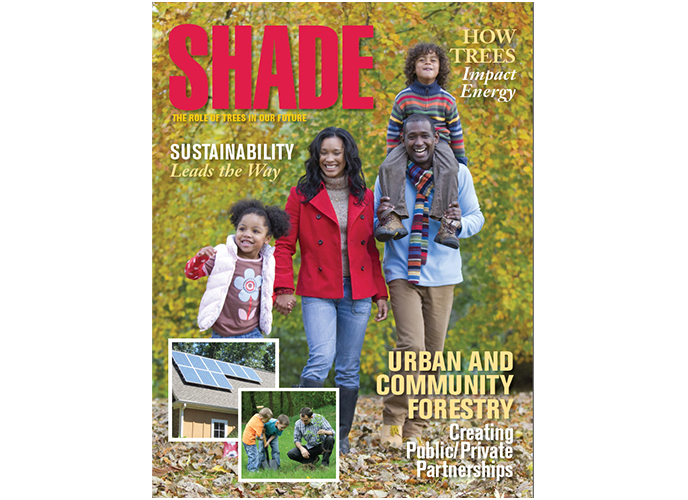"Green roofs are one of the fastest-growing segments in the roofing industry," says Trey Whitley, southeast district sales manager for American Hydrotech, a waterproofing and roofing company.
Green roofs can be divided into two categories: extensive and intensive.
An extensive green roof requires little maintenance and is primarily built for environmental benefits. They require only two to five inches of soil and are more suitable for retrofitting onto existing roofs.
Intensive roofs are suitable for human habitat and are widely used on commercial buildings. Requiring a soil depth of at least six to 12 inches, they incorporate all types of plants. These roofs require a great deal of maintenance, especially up front.
"In the Southeast, if you get behind in getting these roofs established, you'll always be chasing them," says Whitley. "For that reason, we require a water source, irrigation and a maintenance plan before we'll install a green roof. Once they get established, they'll do great, but it can take a lot of irrigation and maintenance to get them established."
There are a myriad of owner benefits to green roofs:
Increased life expectancy. Although green roofs cost more to install than their traditional counterparts, they are made to last. "If you look at the life cycle cost analysis, you'd have to replace your original roof every 15 years or so," says Whitley. "But there are some green roofs that have been out there for 30 and 40 years. It's a permanent roof, and the design intent is to last the life of the structure."
Energy efficiency. Green roofs are terrific insulators. They can help keep the building cooler in the summer and warmer in the winter. Their insulation prowess also helps to filter out noise, which is particularly valuable in buildings near airports, factories or busy freeways.
Additional usable space. Intensive green roofs allow owners to use otherwise unusable space. They can serve many purposes, from gardening to restaurant terraces and from playgrounds to walking paths. "I've seen all kinds of unique uses," says Whitley. "Some schools have put vegetable gardens on their roofs and used them to teach students about gardening."
Tenant benefits. Research has shown that workers who look out onto green settings enjoy a boost in productivity, and patients who can see green from their hospital window recover more quickly.
Increased marketability. Going green is a great sales tool, and a green roof is a very visible statement of your green intentions. Green roofs have been shown to facilitate sales, lease-outs and employee recruitment.
Building incentives. More and more municipalities and other government agencies are providing incentives that can help offset the cost of a green roof.
High Marks for Public Benefits:
Mitigates urban heat island. Plants on a green roof absorb light that would otherwise be converted into heat energy. They also cover some of the hottest surfaces in the environment--black rooftops.
Reduces dust and smog levels. Green roof vegetation helps to filter out dust and smog particles. Nitrates and other aerosol contaminants are absorbed out of the air in rainfall and bound within the soil.
Encourages storm water retention. Depending on the design, a green roof can typically reduce storm water run-off by 50 to 90 percent. Additionally, the peak flow volume is greatly reduced, and the peak flow period is delayed by as much as 4 hours, minimizing the impact on existing sewer systems.



